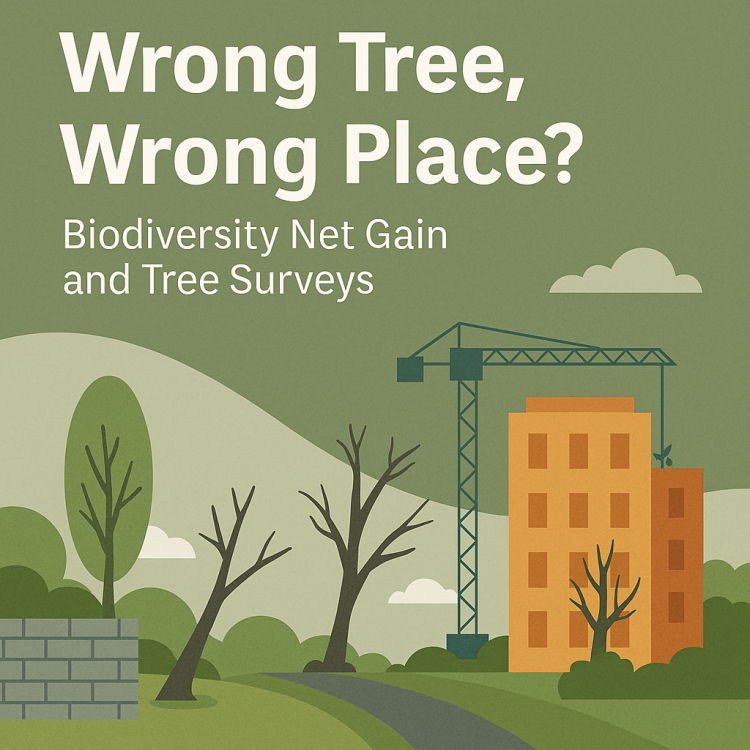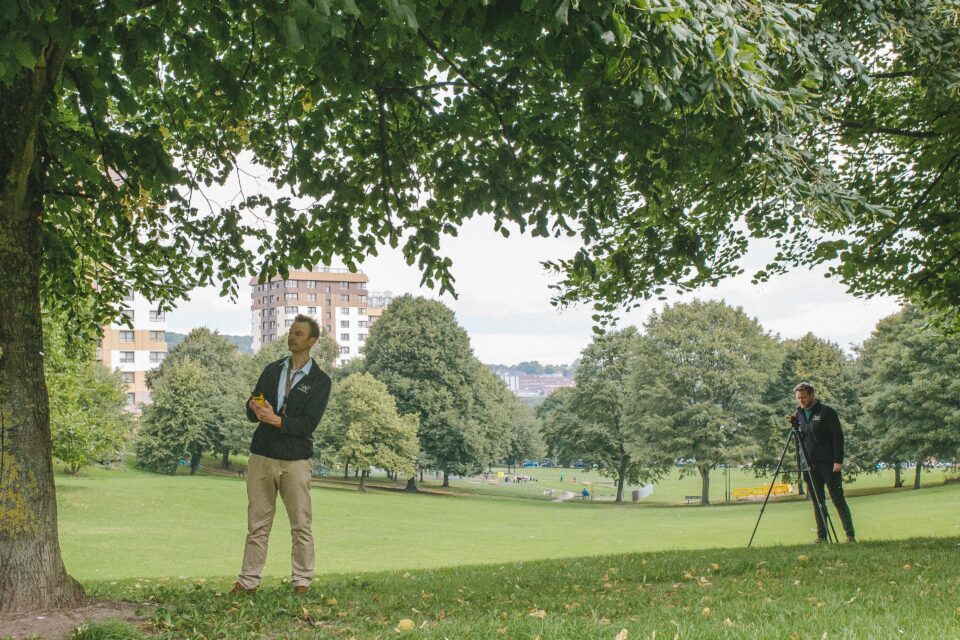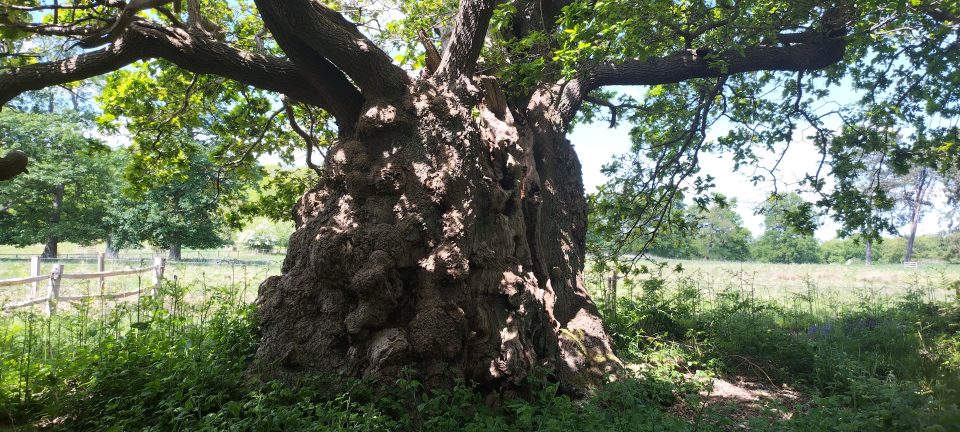
Tree Survey Sheffield: A Guide to BS5837 Tree Surveys and Planning Applications
3rd June 2025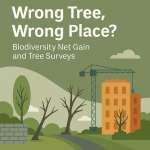
Biodiversity Net Gain and Tree Surveys for Planning
3rd June 2025Are Tree Survey Reports Required for All Planning Applications in the UK?
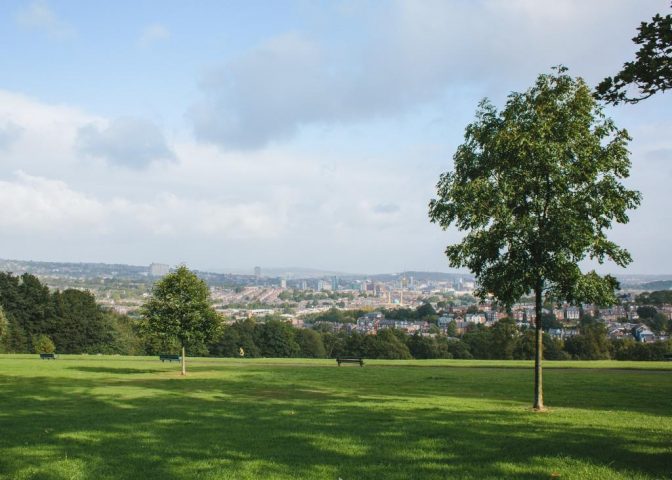
Tree Survey for Planning
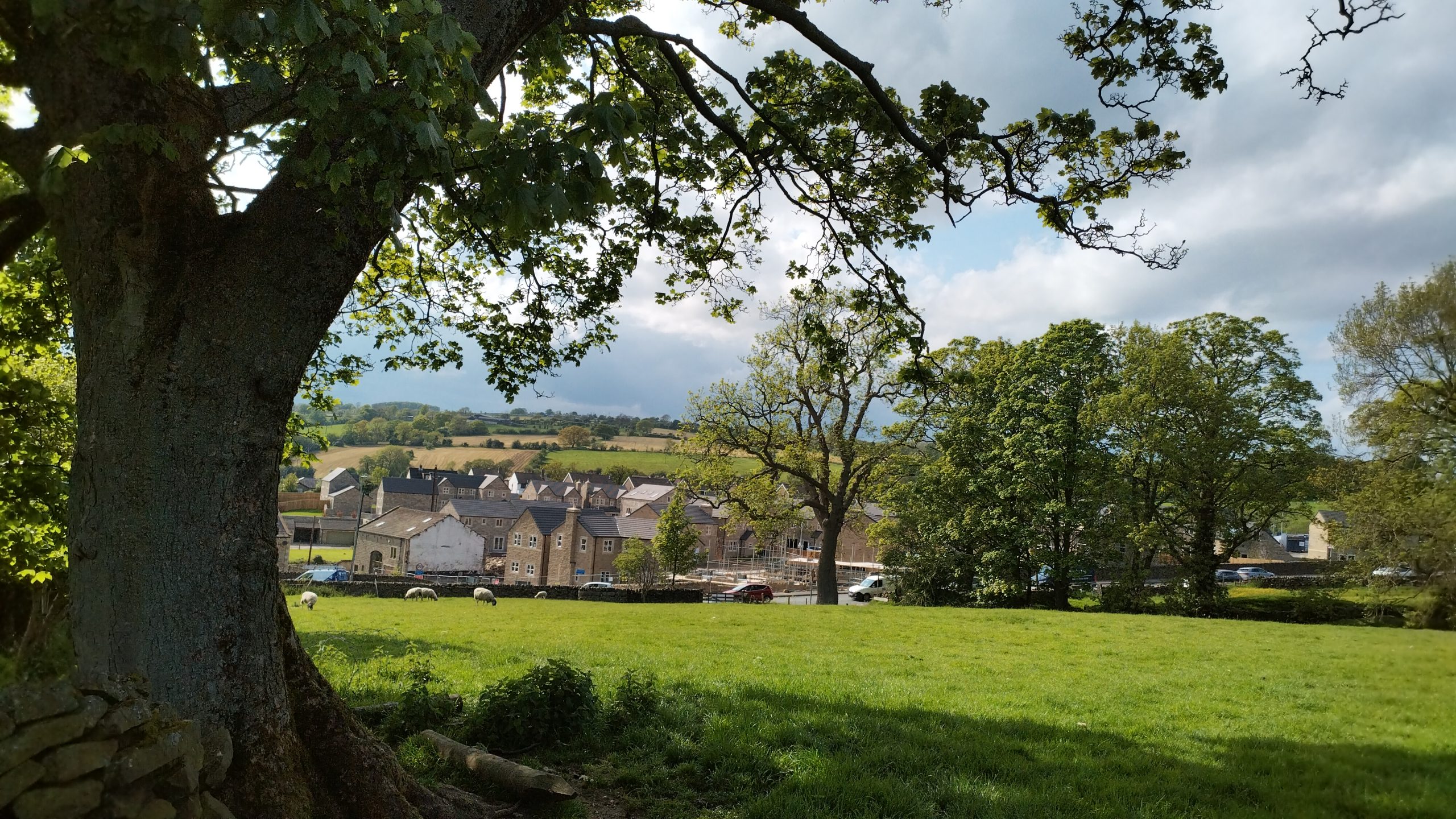
If you own property that contains trees of any size, you might be wondering what impact these trees have on plans to build on this property.
If you don’t consider the trees on your development site as significant, do you still need a tree survey report for planning? Perhaps it’s only a small extension, or a rebuild with increased footprint, or the only trees are situated on the boundary or in adjacent land – you may be wondering: is a tree survey report needed for our planning application?
Not all planning applications in the UK will require a tree survey report, but they are a common requirement. Whether your planning permission requires a tree survey will depend on whether there are trees on or near the proposed development site or if any nearby trees are subject to a Tree Preservation Order (TPO).
In the UK, tree survey reports are often a necessary component of planning applications, ensuring that your development site respects and preserves valuable arboricultural assets.
Keep reading to learn more about tree survey reports and when they are required.
Do All Trees Need a Survey For Planning Applications?
Tree survey reports are usually required when:
- There are trees on a development site
- There are trees adjacent to the development site that could be affected by the works being carried out
- The development site is within a conservation area, or the trees in question are protected by a Tree Preservation Order (TPO).
AWA Tree Consultants often provides tree surveys and reports for large-scale housing developments. Our clients include planners and developers of large-scale house building projects who generally understand that getting accurate and reliable tree information early in the project leads to a smoother planning process and ultimately means better places for people to live.
However, many of the tree survey reports we provide are for planning projects for owner-occupiers or very small-scale housing developers. We are frequently contacted by people who are surprised to be told by their local Planning Authority that they require a tree survey and report as part of their planning application.
In our experience, projects that often only involve altering an existing property or rebuilding in the same or larger footprint are likely to require a BS5837 tree survey report submitted to the Planning Authority if there is a chance of the development work impacting nearby trees.
Most local authorities in our main areas of tree survey work: Yorkshire, Derbyshire, Lincolnshire and Nottinghamshire will request tree survey reports with all planning applications – however small – if there are trees on or near the development site. Anecdotally, it often seems to be down to how proactive the tree officer within the planning department is (if the Council has one!).
What Does A Tree Survey Report Look At?
A tree survey report assesses the trees on or near the site being developed and is conducted per the British Standard BS5837:2012. The tree survey report covers the following areas:
- Species of the tree
- Tree health
- Any potential constraints posed to the development site, and any areas where trees can be safely removed.
What Are the Elements of a Tree Survey Report?
A Tree Survey Report typically includes comprehensive information about each tree, its location, health and condition, as well as the impact the development will have upon the tree/s. Here’s an overview of the key elements of a Tree Survey Report:
- Tree Protection Plan (TPP): This is an important document that outlines any measures required to protect trees on or near the development site that could be at risk during construction.
- Tree Constraints Plan: This gives the exact location of the trees, including information on how far the roots and the canopy of the tree spread.
- Arboricultural Impact Assessment (AIA): This is an evaluation of the impact the proposed development will have on the trees in the tree constraints plan.
- Arboricultural Method Statement (AMS): This details recommendations for implementing tree protection measures.
These key areas ensure the trees are adequately protected throughout the development process. If you require a tree survey report for a planning application, take a look at our comprehensive survey information.
The Importance of Getting a Tree Survey Report
Not having an expert tree survey report undertaken early in the development timetable can provide a big headache for small and large-scale developers alike.
Contacting a qualified arboriculturist early on in the planning process can prevent costly delays. Completing a tree survey in the early stages can identify any potential areas of concern and allow you to make adjustments to accommodate existing trees. Having a proactive approach will provide a smoother planning process and reduce the risk of issues later down the road.
Tree Survey Reports Across the UK
Whilst it is typically recommended as part of your planning process to consider all aspects of your development, getting a tree survey report is a step that is often required across the country. It is advisable to check with your local authority or seek advice from the professionals as to whether this applies to you and the region of your development, if you’re unsure.
Expert Tree Survey Reports with AWA Tree Consultants
At AWA Tree Consultants, we specialise in providing expert tree survey reports and arboricultural assessments to support you with planning applications to further your development progress. Contact a member of our team today and get tailored advice from the professionals.


